Q: The 2010 Caucasus Barometer includes about 2,000 completed interviews in each country: Armenia, Azerbaijan, and Georgia. However, the three countries vary in size; the population of Armenia is just under 3 million, Georgia has a population of about 4.6…
Blog
Here you can find blogs written by researchers at CRRC Georgia that analyse trends in the region and are mainly based on the survey data conducted by CRRC Georgia. These articles first appear on OC Media’s Caucasus Data Blog as part of the collaboration between CRRC Georgia and OC Media.
With the upcoming World Blood Donor Day on June, 14, the question about current attitudes towards blood donation in the South Caucasus is worth examining. While there are considerable efforts in all three countries to increase donation rates and improve…
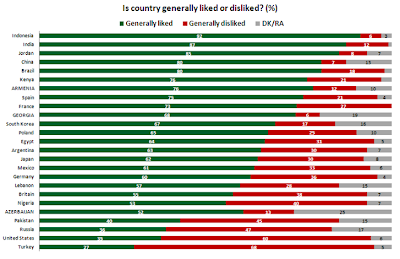
By Sarrah Bechor
CRRC recently completed its 8th annual Caucasus Barometer survey, gathering data about perceptions of trust, livelihood and social realities during face-to-face interviews in Armenia, Azerbaijan and Georgia. Some of the results from these countries have been…
CRRC is happy to announce its new Online Data Analysis (ODA) program! Crunching numbers from CRRC surveys is now easier than ever.
By Tamar Zurabishvili
In September 2009, CRRC conducted a baseline survey on the Georgian media landscape within the scope of an EU-funded project entitled, “Strengthening the Media’s Role as a Watchdog Institution in Georgia”, implemented by the Eurasia Partnership…
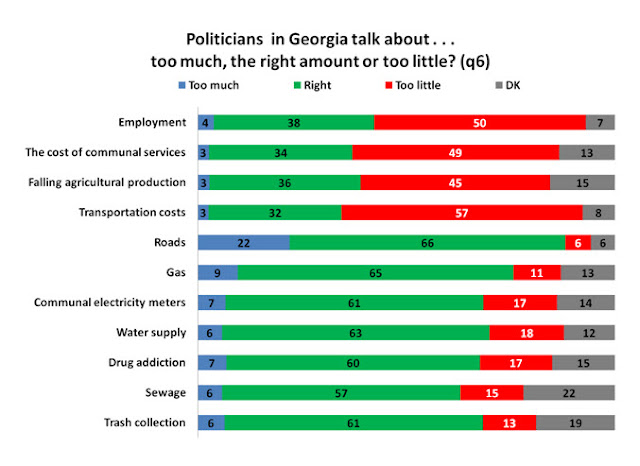
CRRC conducted a survey on political and economic attitudes in Georgia for the National Democratic Institute (NDI), funded by the Swedish International development Cooperation Agency (SIDA). The fieldwork of the survey took place in March, 2011 and surveyed 2,893 respondents…
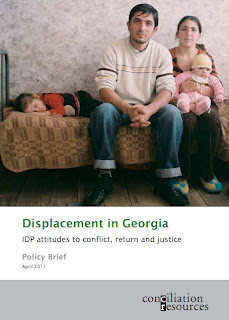
In March, Conciliation Resources (C-R) has published a report on IDP attitudes to conflict, return and justice, which we have already highlighted in a previous blog-post. As you may recall, this report was based on a survey of IDPs which CRRC…
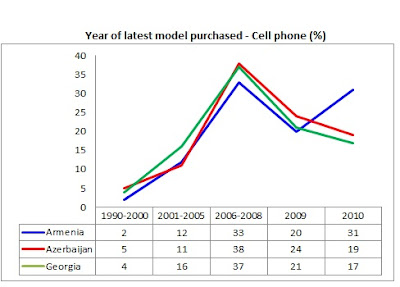
Scholar Katy Pearce recently published an article on Epress News (http://www.epress.am/) revealing some interesting points about internet penetration in Armenia. Using information from CRRC’s 2010 Caucasus Barometer, Pearce writes that internet penetration tripled from 2009 to 2010 within Armenia. According to Pearce, the…
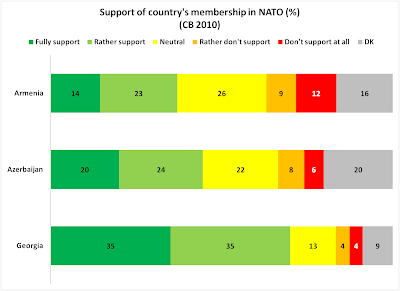
What are the social, political and economic attitudes of people in Armenia, Georgia and Azerbaijan? Do Georgians, Armenians and Azerbaijanis think employment or territorial integrity is the most important issue facing their respective countries? How do they judge the fairness…
